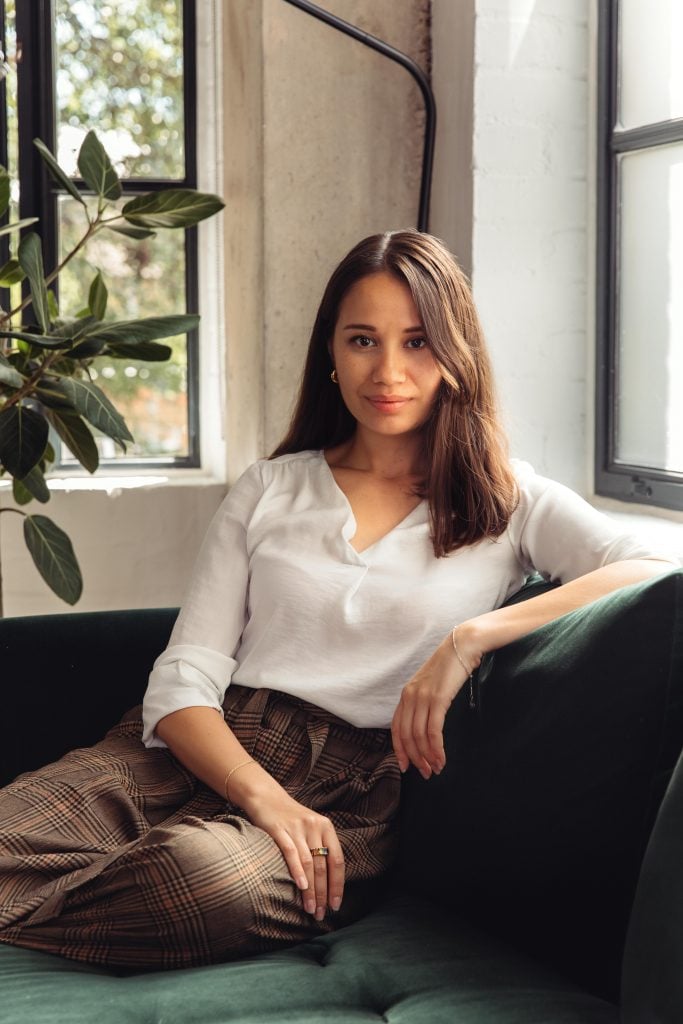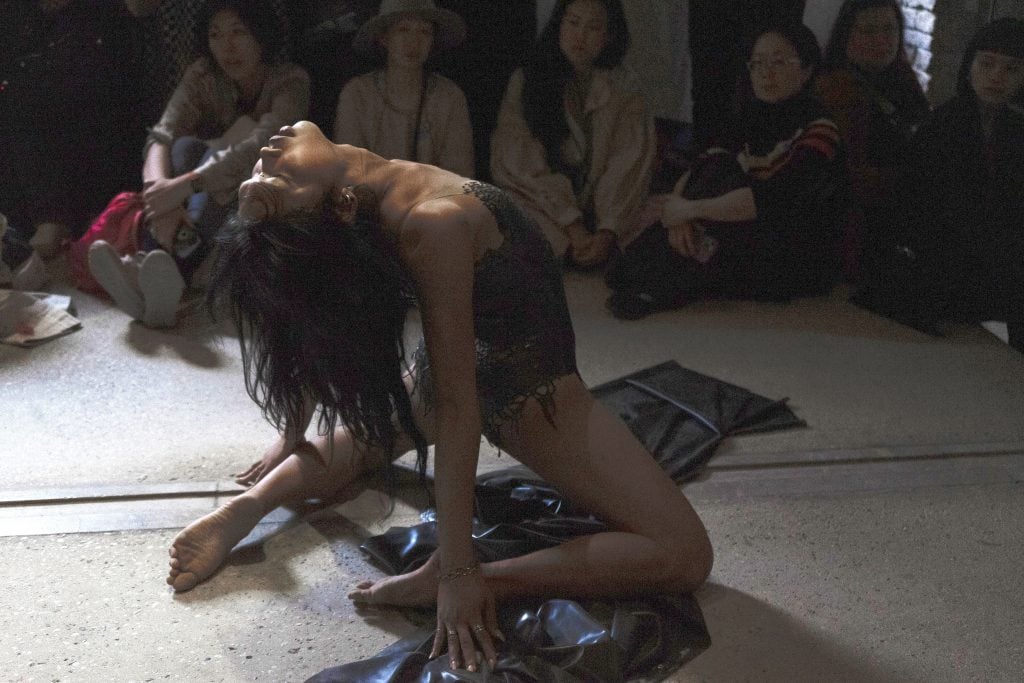Market
Asymmetry Art Foundation Director Michèle Ruo Yi Landolt on Funding Projects That Reverberate ‘Over the Long Term’
'There needs to be a sensitivity and understanding when showing artists from Asian backgrounds,' she said.

'There needs to be a sensitivity and understanding when showing artists from Asian backgrounds,' she said.

Michèle Ruo Yi Landolt

The View From is excerpted from The Asia Pivot, Artnet Pro’s biweekly members-only newsletter providing mission-critical analysis, insights, and exclusive intelligence on developments in Asia’s art markets, with a focus on business opportunities and challenges. Subscribe here to receive it directly to your inbox.
Michèle Ruo Yi Landolt is director of Asymmetry Art Foundation in London. Prior to joining Asymmetry, Landolt headed up Gallery Weekend Beijing and worked at Mai 36 Galerie in Zurich with a focus on exhibition projects between and across Europe and China. Landolt graduated from the University of Zurich, reading history of art and English studies, and earned a postgraduate degree from the Courtauld Institute of Art in London in the history of art, with a focus on contemporary Chinese art and geopolitics.
Having spent pretty much half of my life in each hemisphere, where I come from has set me up to be very passionate about not only the arts but also working within various cultural contexts. I am part Chinese and part Swiss, and my parents instilled me with their cultural mentality, values, and their mother tongues, while being supportive of us in the arts.
Growing up in Beijing in the 1990s, I immersed myself in the development of Chinese contemporary art. Uli Sigg was the Swiss ambassador to China at the time, and my parents were in the creative industry; accordingly, a lot of artists passed through our front door. When I began my career in the art industry on the commercial side, I was always working between China, Hong Kong, and Europe, mediating these worlds. At the time, there was excitement about mainland China as a new buying power and Hong Kong as the new international art hub for the Asia-Pacific region. Not just blue-chip galleries but also mid-sized and smaller galleries were looking east, wanting to find new pathways to collaborate.

Lukresia Quismundo performs an excerpt of Pearls by Joshua Serafin at A World of Many Worlds, a one-day conference co-presented by Asia Forum and Asymmetry Art Foundation on April 20 as part of a collateral event during the 60th Venice Biennale. Courtesy of event organizers.
My trajectory took a different turn when I met Yan Du, the collector and philanthropist who founded Asymmetry. We first met when I was working for a gallery in Zurich, and we reconnected when I moved to London to pursue my study at the Courtauld Institute of Art, and the rest is history.
She’s incredible in that she has the sixth sense to identify where support is needed. Many strive to put their names out there, publicize their collection, or build a private museum. Initiatives supporting artists are necessary and also exist. Yan, however, saw the lack of support for curatorial practitioners and scholars, whose results are sometimes less tangible or felt more over the long term.
But the position of the curatorial practitioner and cultural producer is so important. They are the mediator between the public and the art. There needs to be a sensitivity and understanding when showing artists from Asian backgrounds, and this goes beyond the Western-centric perspective of understanding. We position ourselves as a nurturer of curatorial practice about Chinese and Sinophone contemporary art.
London is a good place to take this forward. Despite the challenges that we’re currently facing as a collective, the city remains an open retention basin for people of all backgrounds with their individual stories. With China reopening after the pandemic lockdown and the influx of migrants from Hong Kong and other parts of the world, the demographic fabric of the city and the country in the next five years is going to be very different, which is exciting.
This is the fourth year of our partnership with Chisenhale Gallery supporting a curatorial fellowship, as well as the fourth year supporting a Ph.D. candidate at Goldsmiths. We also support a post-doc fellow at the Courtauld Institute of Art and run an annual lecture series. In addition, we support Tate Modern’s appointment of Alvin Li as curator of international art and Hera Chan as adjunct curator, Asia-Pacific. We have also expanded our presence in the city with our new public space in the same East London building that houses our headquarters and regularly host public programming, ranging from talks and screenings to reading groups and performances.
There is a big Asian diasporic community in London, and new identities around this community are forming. Our work, especially our public programming, facilitates connection and community building.
We are also part of a collateral event at the Venice Biennale. In collaboration with Asia Forum, we presented a one-day assembly called “A World of Many Worlds.” It was a loose conference model interjected by lecture performances, screenings, and interventions, setting a platform for us to reconsider what it means when we talk about Asia.
—as told to Vivienne Chow. This article was first published in The Asia Pivot on April 17.